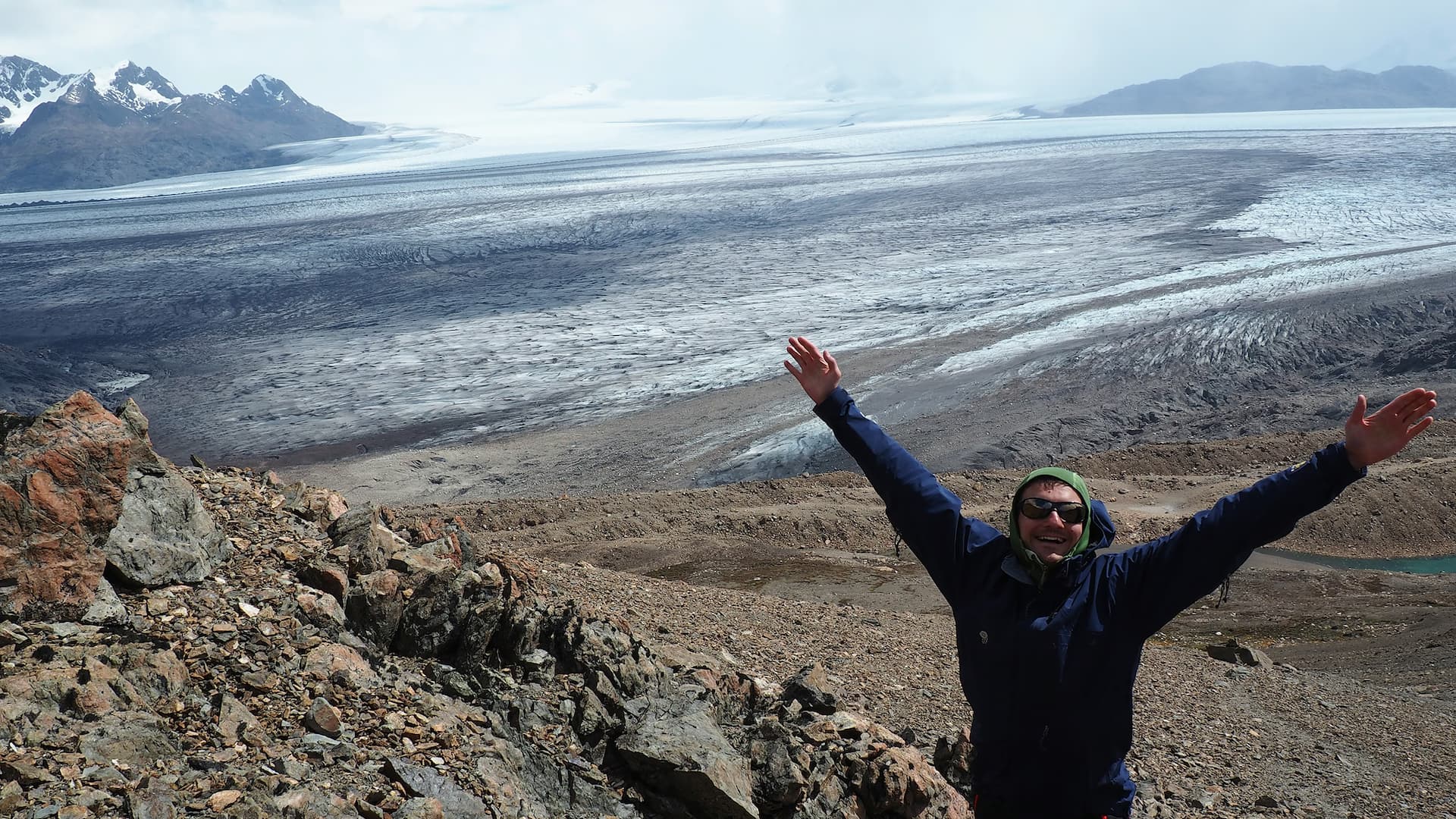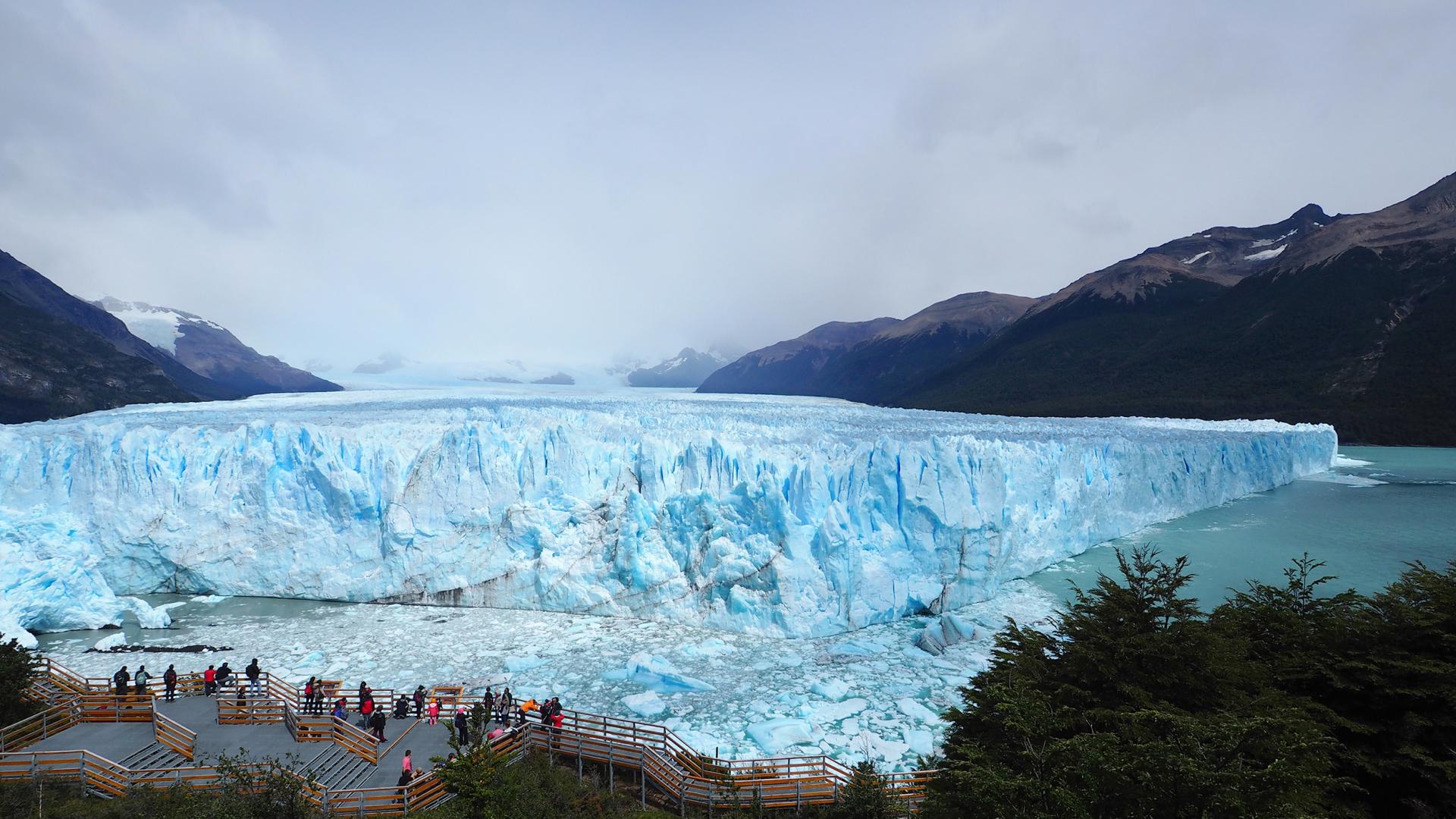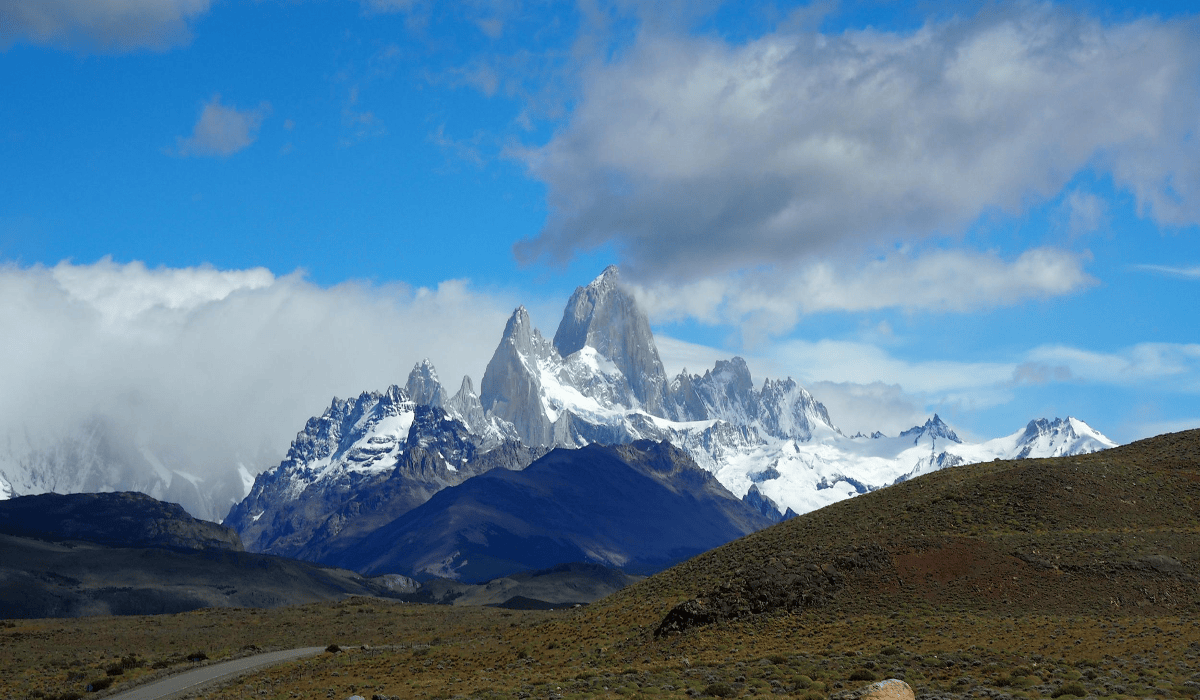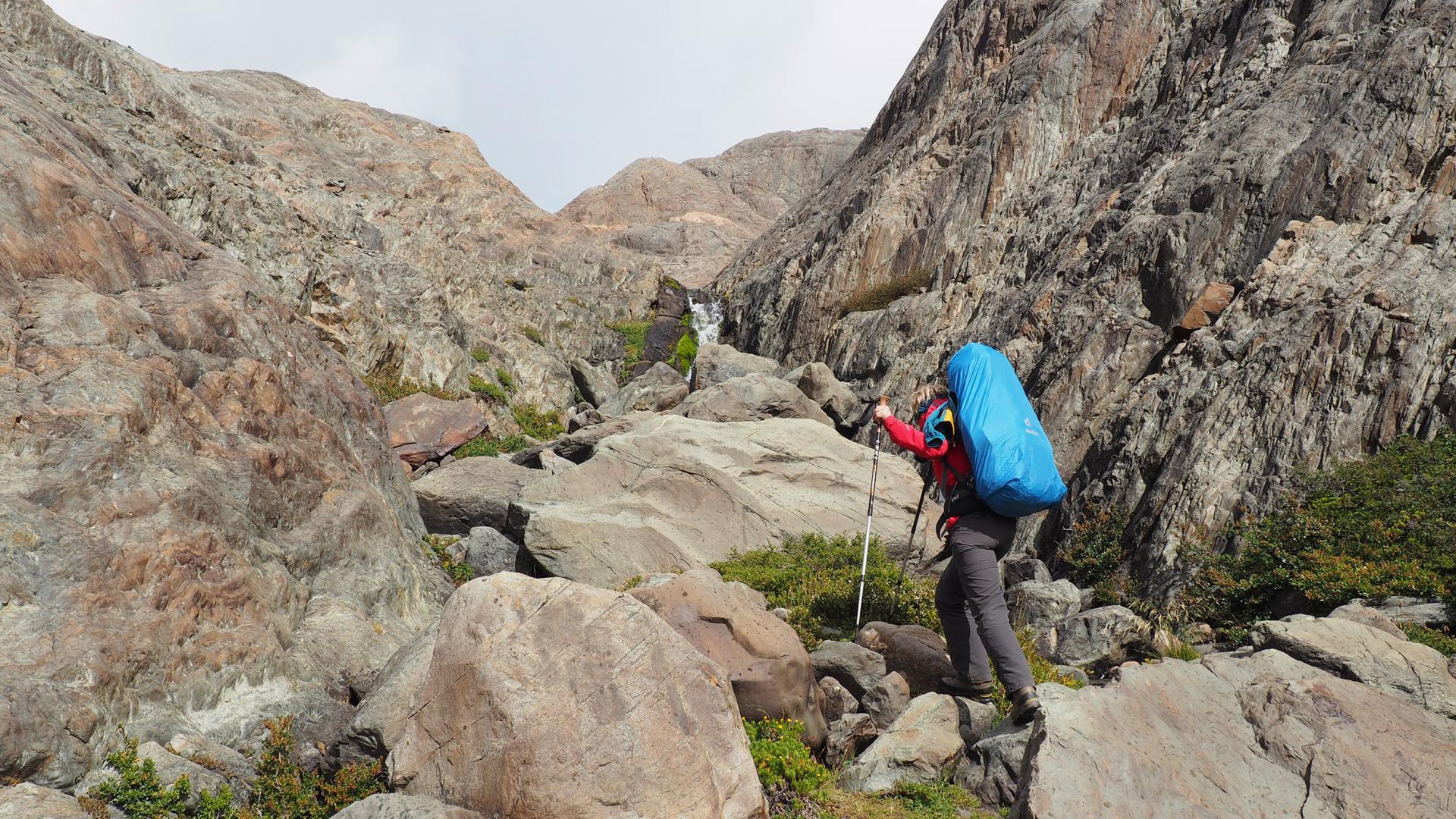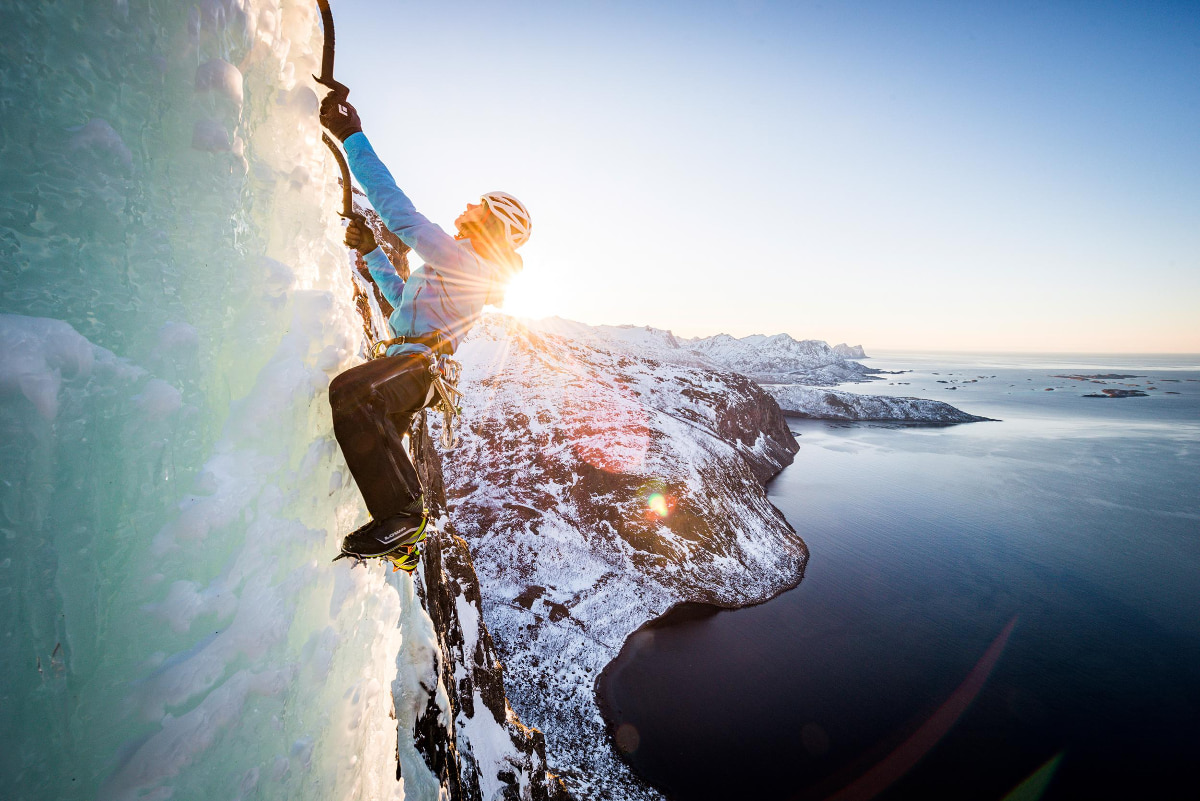Travelling to the end of the world
Argentina Patagonia - the mecca for climbers and hikers. No matter which tour book you look at, the South American region is definitely on the "to-do list". Arthur Kudelka, head of the LOWA service department and contact person for the LOWA PRO team, is no exception. He has brought along numerous pictures and an exciting field report.
"The Patagonian summer greeted us with warm temperatures and sunshine instead of the expected wind and rain." Arthur | LOWA Head of Service Department
The idea of the trip had been buzzing around in our heads for a long time: travelling to the end of the world to Patagonia once and being there with a rucksack and tent - without a big plan, without reservations, just go for it and see what happens. But when? We didn't want to put it off forever, so we decided to just do it. On 13 January 2017, our two rucksacks were packed with 15 kg each and we set off for El Calafate via Madrid and Buenos Aires in 36 hours.
We set off full of euphoria. After a short visit to the famous and still growing Perito Moreno glacier, we travelled on to El Chaltén. This small town in the south of Argentina is the Mecca of Patagonian mountaineering. As early as the 1950s, the first expeditions started from here to attempt the first ascent of the great peaks of Fitz Roy and Cerro Torre. We also chose this place for the next few days as the starting point for some short hikes and for the Huemul trek to the southern Patagonian inland ice. A short detour to the Cerro Torre viewpoint gave us an idea of what was in store for us over the next few days: impressive and wild nature.
Two days later and a thorough check of our equipment by the rangers, we set off on the Huemul trek. The trail started right at the ranger station. It led through sparse beech forests, boggy meadows and finally into the large valley of the Rio Túnel. Here, stormy gusts of wind challenged our sense of balance. After a total of six hours, we reached the first camp. We set up our tent under shelter in a small wooded area.
"A sight you'll never forget for the rest of your life." Arthur | LOWA Head of Service Department
The route to camp number two started via a Tyrolean traverse - a taut steel cable over a small gorge that had to be traversed with a climbing harness and rucksack. Not really a big challenge for us climbers. However, with 15kg of luggage on our backs, it was more strenuous than expected. Our route led over scree along the Túnel glacier in the direction of Paso del Viento. Here the orientation became increasingly difficult and the rain heavier. Nevertheless, the path to the pass worked out and we were able to cross it.
Once we reached the top, we were almost breathless: from the Paso del Viento we looked straight down onto the endless expanse of the Patagonian ice sheet - the third largest ice sheet in the world - with almost no wind or rain. A sight you will never forget for the rest of your life. After an extensive photo session, we made our way back to camp.
"Our last day on the Huemul trek began in complete darkness. We wanted to climb one of the surrounding hills and photograph the sunrise on the glacier from there. The morning sun rewarded us for the ascent: it transformed the land into the purest play of colours of red granite and blue ice." Arthur | LOWA Head of Service Department
Two days later, we set off on the third stage with the sunshine behind us. This led continuously along the inland ice towards the Huemul Pass. To our left were the mountains, to our right the endless masses of ice. The path meandered inconspicuously through the impressive natural landscape. After a total of four hours, we stood at the Paso Huemul and suddenly had a completely different landscape in front of us - previously rock and ice with whipping winds, then green and summery. From above, we could already see the bay of the Viedma Glacier, where the third camp of our trek was located. We had pitched our tent above the lagoon and hiked down to the bay in the evening.
Only the shutter of the camera could be heard - a feeling of absolute silence. The last stage of the trek took us along a somewhat flatter stretch of Lago Viedma towards civilisation. The harbour at the end of the lake came ever closer and we spotted the first cars. After a total of five days and 57 kilometres, we reached our destination. After a short time, the bus arrived to take us back to El Chaltén. Once there, we reported back to the ranger's office safe and sound.
